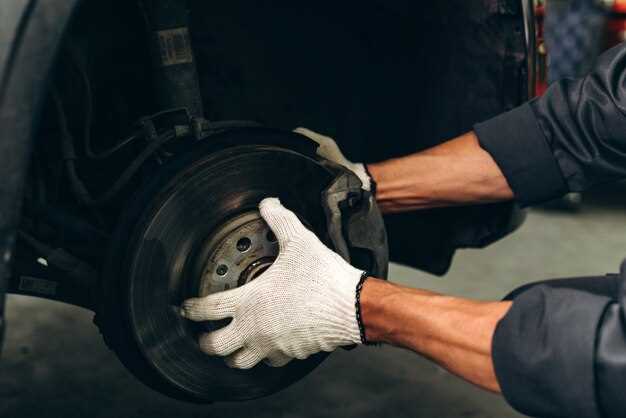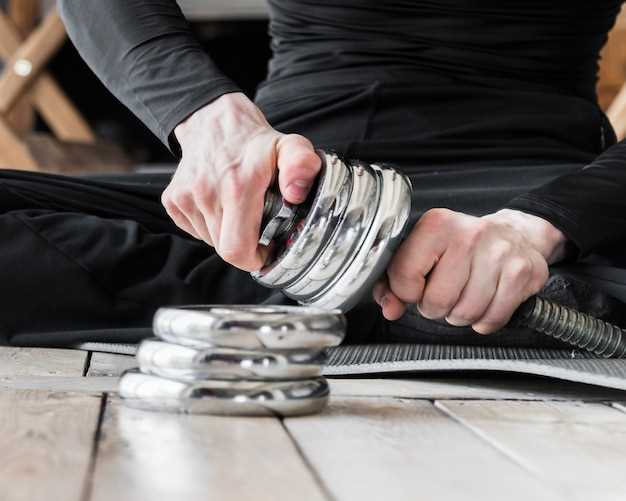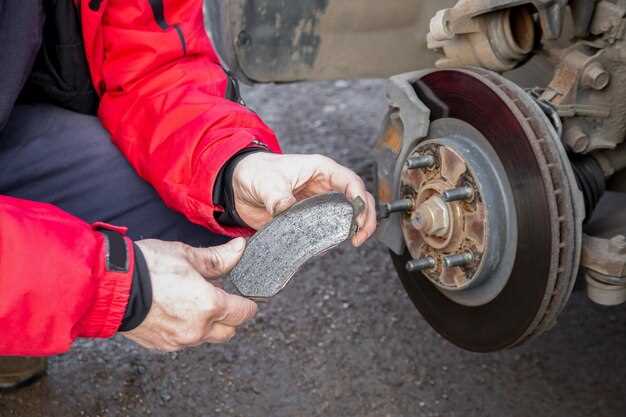
Brake fade is a critical phenomenon that can significantly compromise vehicle safety and performance. It occurs when the brakes overheat, leading to reduced stopping power and increased stopping distances. This condition is particularly concerning during prolonged braking situations, such as steep descents or extended periods of heavy braking, where the brake components can reach their thermal limits.
Understanding the causes of brake fade is essential for both drivers and automotive professionals. Various factors contribute to this issue, including the type of brake pads, rotor materials, and overall vehicle weight. High temperatures can cause the brake pads to lose their effectiveness, resulting in a decrease in friction and, consequently, diminished braking performance. This phenomenon can happen unexpectedly, especially for those who may not be familiar with their vehicle’s braking system limitations.
Moreover, addressing brake fade is crucial not only for safety but also for maintaining the longevity of brake components. Exploring solutions such as upgrading brake materials, ensuring proper maintenance, and understanding driving techniques can help mitigate the risks associated with brake fade. In this article, we will delve deeper into the mechanics of brake fade, its causes, and practical strategies to prevent and resolve this critical issue for a safer driving experience.
Identifying the Signs of Brake Fade During Track Performance
Brake fade is a critical issue that can significantly impact vehicle performance on the track. Recognizing its signs early can prevent accidents and improve lap times. One of the most noticeable indicators is a decline in braking power. When driving, if you find that the brake pedal feels spongy or requires more effort to engage, it may be a sign of brake fade. This phenomenon often occurs after repeated hard braking, which can cause the brake components to overheat.
Another sign to look for is an increase in stopping distance. If your vehicle takes longer to decelerate from high speeds, it may indicate that the brake system is not functioning effectively due to heat buildup. Additionally, you may experience a noticeable change in the brake pedal feel; it can become less responsive or deeper in travel as fade sets in.
Unusual noises can also signal brake fade. Listen for any grinding or squeaking sounds when applying the brakes, as these may come from worn brake pads or overheating rotors. Moreover, pay attention to any changes in the handling characteristics of your vehicle during deceleration. If the car feels unstable or pulls to one side when braking, it could suggest uneven wear or failure within the brake system.
Visual inspections can also help identify brake fade issues. Look for discoloration on the brake rotors, which may appear blue or warped due to excessive heat. Checking for cracks or signs of wear on brake pads can provide further insight into the condition of your braking system. Monitoring brake fluid levels and assessing for any signs of contamination are essential as well, since fluid degradation can contribute to brake inefficiency.
Performing Maintenance and Upgrades to Prevent Brake Fade

To effectively prevent brake fade, regular maintenance and strategic upgrades are essential. Brake systems endure extreme conditions, especially on the track, which leads to heat buildup and reduced performance. Maintaining your braking components ensures they function optimally when needed most.
Regular Inspections should be a routine part of vehicle upkeep. Check brake pads, rotors, and brake fluid levels frequently. Look for signs of wear, such as thinning pads or warped rotors, as these can significantly impact brake efficiency under high-stress situations.
Upgrading to high-performance brake pads is a wise investment, particularly for those who spend time on the track. These pads are designed to withstand higher temperatures without degrading, thus maintaining their stopping power. Consider materials like ceramic or carbon-carbon composites that offer superior performance compared to standard pads.
Another critical upgrade is installing vented or slotted rotors. These types of rotors facilitate better airflow, allowing heat dissipation and reducing the likelihood of brake fade. They also enhance braking performance by providing a more consistent surface for the brake pads to grip.
Regularly replacing brake fluid is equally important. Brake fluid absorbs moisture over time, which can lead to decreased braking effectiveness and, ultimately, fade. By flushing the system and using high-temperature brake fluid, you can significantly improve performance, particularly during high-speed track conditions.
Lastly, consider evaluating your brake cooling systems. Installing brake ducts can help channel cool air to the brake components during intense driving scenarios, reducing heat buildup and prolonging the lifespan of your braking system.
By implementing these maintenance practices and upgrades, you will enhance your braking system’s reliability and performance, minimizing the risks associated with brake fade during both daily driving and competitive racing on the track.
Testing and Troubleshooting Brake Fade in Different Driving Conditions

Brake fade occurs when the braking system overheats, leading to a significant reduction in stopping power. Testing for brake fade is crucial in various driving conditions, as performance can vary greatly. Identifying the onset of brake fade requires vigilant observation during both routine and intensive driving scenarios.
On a dry track, during high-speed runs or repeated hard braking, it’s essential to monitor how the brakes respond under stress. Conduct a series of braking tests at increasing speeds. Noting the distance it takes to stop can provide immediate feedback on whether fade is occurring. If the braking distance increases significantly or the pedal feels unusually soft, these are indicators of potential fade.
In contrast, when testing in wet or slippery conditions, it is vital to recognize that the brakes might react differently. Begin by establishing a baseline in dry conditions. Then, shift to wet conditions to observe how the brake system handles the added variables. Listen for unusual sounds or vibrations, which may suggest that the brakes are struggling to maintain their effectiveness.
Additionally, incorporating repeated braking scenarios will help simulate real-world driving situations where fade may be more pronounced. After performing a series of hard stops, evaluate the brake temperature if possible. Excessive heat indicates potential fade under recurring stress, which could lead to safety issues in critical driving situations.
To troubleshoot brake fade effectively, consider checking the brake fluid level and condition, as contaminated or insufficient fluid can exacerbate fading issues. Inspect brake pads and rotors for wear; worn components can significantly diminish braking performance. Address any evident issues immediately to ensure optimal handling and safety.
Lastly, regular maintenance and consistent testing in varied driving conditions are key to preventing brake fade. Understanding how your vehicle’s braking system behaves under different circumstances allows for better preparation and ensures that optimal performance is maintained.






